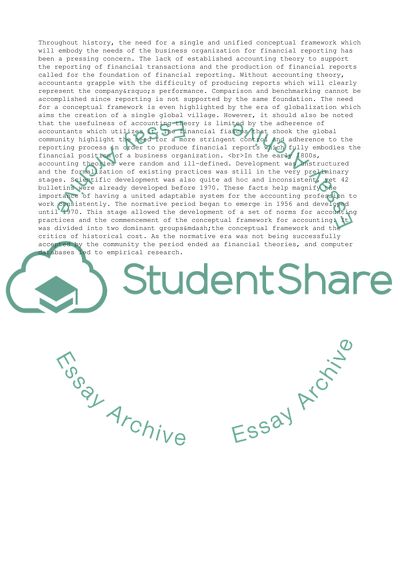Cite this document
(“Financial accounting Master Essay Example | Topics and Well Written Essays - 3000 words”, n.d.)
Financial accounting Master Essay Example | Topics and Well Written Essays - 3000 words. Retrieved from https://studentshare.org/business/1524284-financial-accounting-master-essay
Financial accounting Master Essay Example | Topics and Well Written Essays - 3000 words. Retrieved from https://studentshare.org/business/1524284-financial-accounting-master-essay
(Financial Accounting Master Essay Example | Topics and Well Written Essays - 3000 Words)
Financial Accounting Master Essay Example | Topics and Well Written Essays - 3000 Words. https://studentshare.org/business/1524284-financial-accounting-master-essay.
Financial Accounting Master Essay Example | Topics and Well Written Essays - 3000 Words. https://studentshare.org/business/1524284-financial-accounting-master-essay.
“Financial Accounting Master Essay Example | Topics and Well Written Essays - 3000 Words”, n.d. https://studentshare.org/business/1524284-financial-accounting-master-essay.


